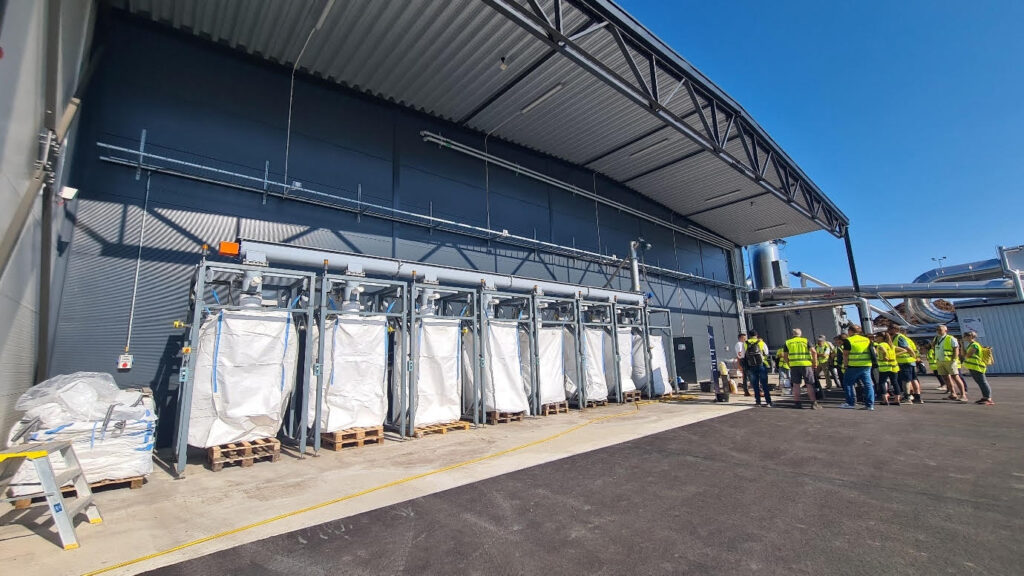The carbon dioxide budget is running out, and it is more urgent than ever to mitigate and remove emissions in order to keep global temperature rise below 1.5 °C and well below 2 °C. While carbon capture technologies are often discussed as a means to eliminate emissions, they seem distant, complex, and costly. However, an alternative approach is gaining attention, particularly in the agricultural sector. Biochar, like a phoenix rising from the ashes of forgotten indigenous knowledge, is being promoted as a technology with numerous benefits, including soil improvement, energy production, and carbon dioxide emission reduction.
The growing significance of biochar has led to the organization of the world’s first Biochar Summit, a conference held from June 12th to 15th (2023) in Helsingborg, Sweden. Participants had the opportunity to interact with pyrolysis units used for biochar production during the study visits. They also engaged in workshops focused on biochar’s applications in soil and construction materials and got hands-on experience in the development of simple business models for biochar production and commercialization. The presentations covered biochar’s interaction with soil, carbon dioxide removal (CDR) potential, policy implications, alternative uses in construction, energy production, efficient pyrolysis equipment, and future possibilities for reducing carbon emissions.
Experts in soil, sustainability, biochar, energy, policy, and entrepreneurship met for the first time. This diversity contributed to a content-rich program centred around biochar as the main topic. However, most participants represented global North projects, which was reflected in the limited number of presentations or posters addressing biochar production and use in the global South.

